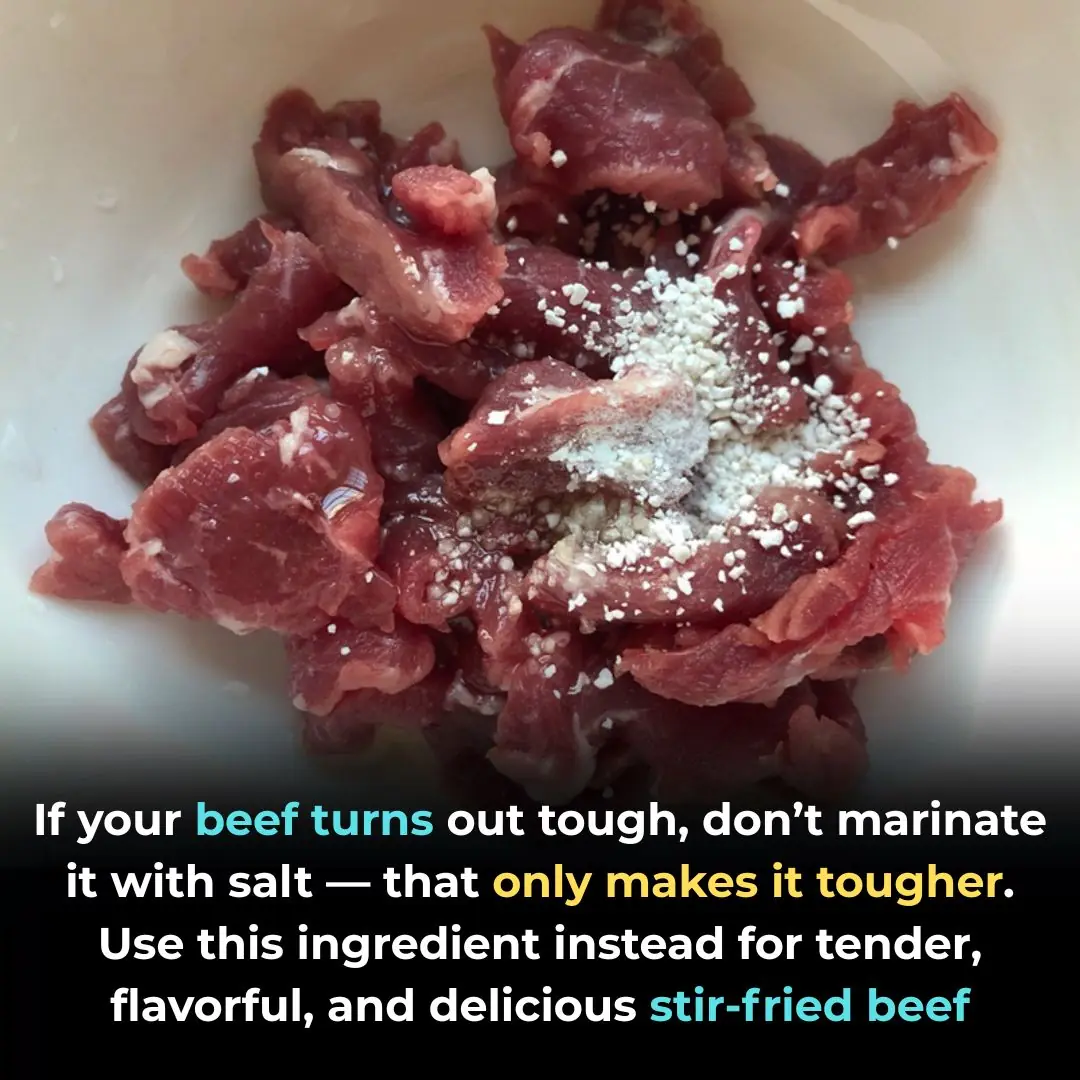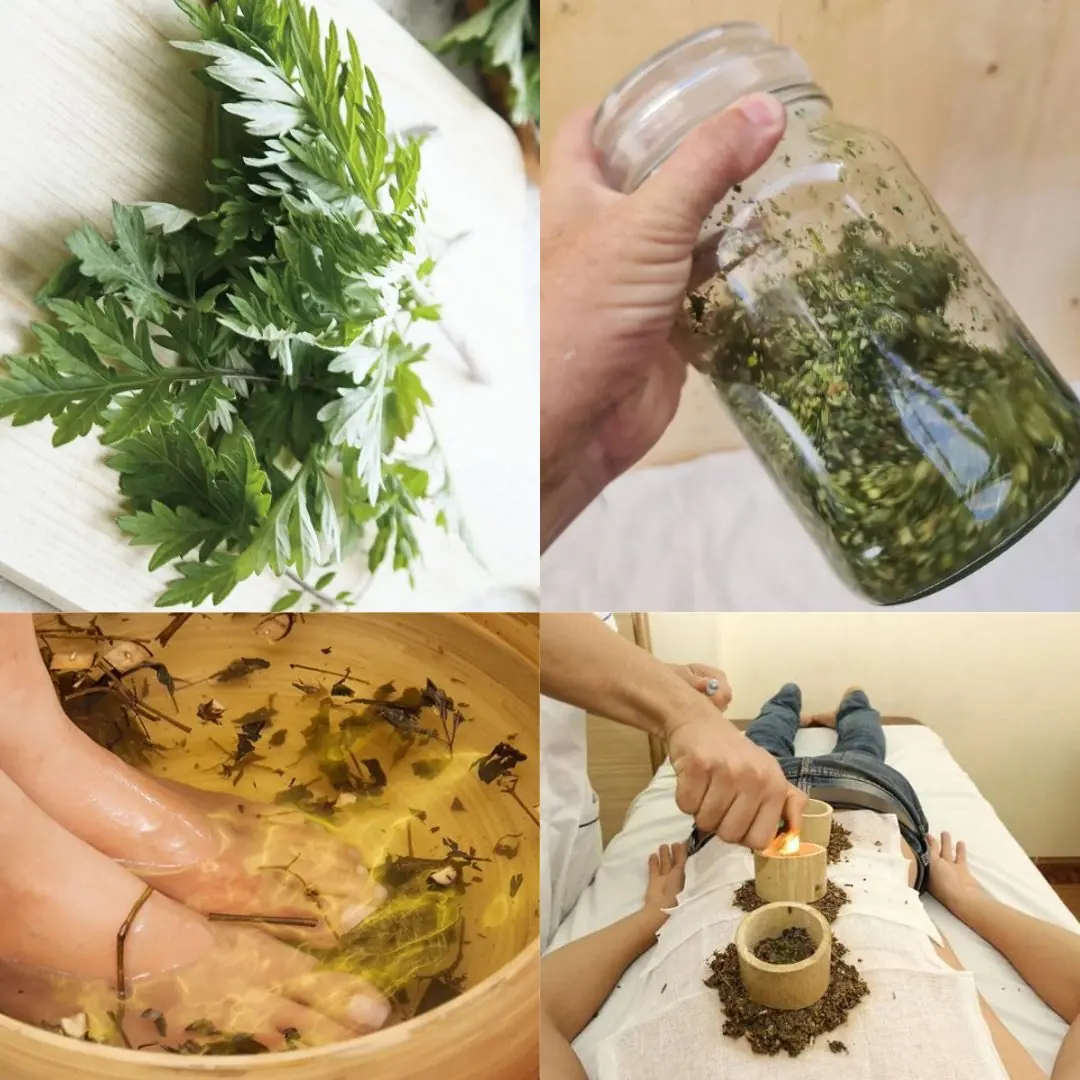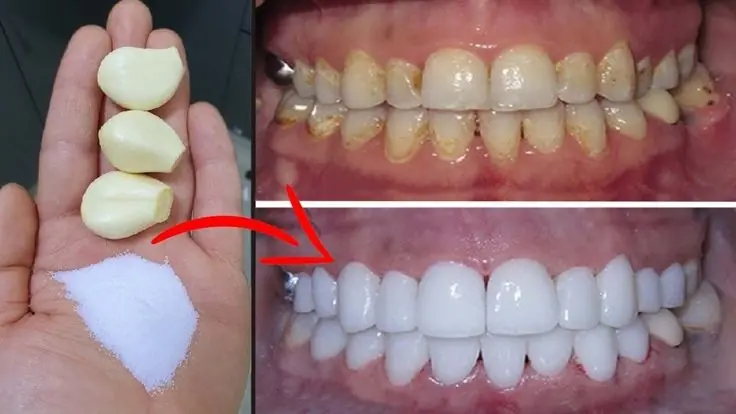
Save This “Precious Remedy” Claimed to Draw Out Poison in 1 Minute — for Rabid Dog Bites, Snake Bites
An article on Tạp Chí Đời Sống presents a folk remedy that it says can rapidly draw out toxins in cases of dog bites, rabies exposure, or snakebites — within just one minute. (Tap Chí Đời Sống) tapchinuocmy.com
According to the article:
-
It cites statistics that globally 30,000 to 40,000 people suffer snakebites annually, with 2,000 fatalities. In the U.S., 6,000–8,000 snakebites occur yearly, with a 9% fatality rate for some venomous snakes, and about 0.2% for pit vipers. tapchinuocmy.com
-
It focuses on a plant called mã đề (Plantago asiatica, also known as Plantago major var. asiatica) as a “miracle toxin absorber.” The article states that traditional healers use mã đề leaves to “suck out” venom or poison from bite wounds. tapchinuocmy.com
-
The described method involves:
-
Washing the wound with 0.9% salt (saline) water to clean debris.
-
Taking about 10 leaves (including stems) of mã đề, rinsed, chewing them in the mouth, swallowing the juice, and applying the mashed leaf pulp to the bite site. The article claims the chemical aucubin in mã đề has potent “detoxifying” properties.
-
In cases where the person is unconscious, pulverize the leaves, mix with water, and pour into the patient’s mouth; the pulp is then applied to the bite wound.
-
After these immediate steps, the article insists on transporting the victim to the nearest medical facility for proper care.
-
-
It also gives caveats: the remedy is traditionally suggested for adults and children one year and older; dosage should differ by age; and the remedy should never replace medical treatment in hospitals. tapchinuocmy.com
Additionally, the article warns against several “snake-attracting” plants often found in gardens (like certain vines or scented herbs), and promotes planting protective plants (lemongrass, garlic, snake-repellent species) around homes. tapchinuocmy.com
Medical & Scientific Perspective — Caution Strongly Advised
While such folk remedies may carry cultural importance, it’s crucial to understand that modern medicine does not endorse them as effective or safe substitutes in venomous bites or rabies exposure. Below is a balanced view based on medical knowledge.
Venom/Poison Draw Out Claims
-
The idea of “sucking out venom” is a long-standing myth. Once venom enters the tissues and bloodstream, topical suction or poultice methods are largely ineffective.
-
Clinically, delaying definitive care (antivenom, wound management) worsens outcomes.
-
There is no robust clinical trial validating that mã đề or aucubin can neutralize snake venom or rabies virus in humans when applied externally or ingested.
Rabies & Dog Bites
-
Rabies is a virus that travels via nerves; local topical treatment is rarely sufficient. Prophylactic vaccination and immunoglobulin are the medically accepted standards post-exposure.
-
Overreliance on herbal remedies can lead to catastrophic delays in urgent treatment, increasing risk of fatality.
Value of mã đề in Herbal Medicine
-
Plantago species are used in herbal medicine for wound healing, anti-inflammatory, and mild antimicrobial properties. Some lab studies suggest antioxidants and wound-healing support.
-
Aucubin, a compound in Plantago, has been studied for anti-inflammatory and hepatoprotective activity in animal models. But none of these animal or in vitro studies justifies use as frontline toxin neutralizer.
Safer Protocols & What Should Be Done
In case of snakebite, rabid animal bite, or suspected envenomation, here is the standard, evidence-based approach:
-
Stay calm and immobilize the bitten limb (if possible) to slow venom spread.
-
Clean the wound gently with mild soap and water; do not cut or suck the wound.
-
Remove tight clothing or jewelry near the bite site (swelling may occur).
-
Get medical help immediately. Administer antivenom (for snakebite) or rabies prophylaxis (for suspected rabies exposure) as indicated.
-
Avoid folk methods that delay care. Relying solely on herbal or anecdotal remedies can worsen prognosis.
-
Document the attacking animal (if safe) — shape, color, behavior — for medical identification.
News in the same category


This 4-Year-Old Honorary Librarian Has to be the Cutest and Most Well Read Kid Ever

Pamela R. Goodwine Becomes First Black Woman Elected to Kentucky Supreme Court

This Daughter Gave Her Dad The Perfect Shirt To Celebrate Him Being Cancer-Free

Atlanta’s First Black Mayor’s Childhood Home to Serve as Affordable Housing for Spelman Staff

Artist Jade Yasmeen Creates The First Hyperrealistic Portrait Of Harriet Tubman In Color

‘He Still Talking About Her’: Devon Franklin Says He Struggled for a Year After Divorce While Meagan Good Took Steps to Move On

Easy Ways to Clean Your Phone Speaker at Home — Almost Anyone Can Do It

Mix Toothpaste with Medicated Oil: A Handy Household Hack You’ll Want to Try

Don’t Marinate Beef with Salt Alone — Use This Trick to Make It Tender, Juicy, and Flavorful

Don’t Marinate Beef with Salt Alone — Use This Trick to Make It Tender, Juicy, and Flavorful

Hot Coffee vs. Iced Coffee — Which One Offers More Benefits?

Why You Should Leave the Bathroom Light On When Sleeping in a Hotel — 90% Get It Wrong

Netflix quietly makes huge change as users speculate the real reason behind it

Fans left deeply disturbed following post from MrBeast

“I Grew Up With A Lot Of Ghettoness In My Life” | Cam Skattebo, The New ‘White Chocolate,’ Is The Toast Of New York

Reporter Char Adams to Release First Full-Length Book Chronicling the History of Black-Owned Bookstores in the U.S.

Audra McDonald Makes History as Most Tony-Nominated Performer Ever

St. Louis Hires First Black Woman Physician Public Health Director In City’s Nearly 260 Year History
News Post

He invited me to his wedding to humiliate me. He didn’t know it would become my best day.

Men’s Vitality Tonic: The Bold Health Boost from Ginger and Pineapple

After throwing his wife out, the husband laughed that all she got was the old refrigerator. He had no idea it had a double wall.

How I Exp0sed My Husband’s Li es: A Cheating Anniversary He'll Never Forget

“So you’re going to support your sister and live at my expense? And you’ll also demand reports on every single thing I spend? Haven’t you gotten a bit too brazen, my dear? You won’t see another kopeck of my money!”

She got pregnant early—at sixteen. It came to light by accident: during a routine school medical exam, the girl flatly refused to go in to the gynecologist, and the teacher informed her parents.

— You yelled at my son again for making noise? He’s MY child and this is MY apartment! Pack your things — your “discipline” ends here!

Even if my parents buy us an apartment as a wedding gift, what about yours? Are they planning to give us anything besides that old, cracked tea set?

Mugwort Plant: Benefits, Properties, and Uses

Secret that Dentists don't want you to know: Remove Tartar and Teeth Whitening in just 2 minutes

Nastya laid a plane ticket down in front of her husband. — “What’s this?” Boris asked in surprise.

I gave my fiancé the keys to my apartment. I came home from work, and his mother and sister were unpacking their things.

My husband went to visit his “sick” parents, so I decided to surprise him and come without warning…

At a family dinner, I silently wrote one word on a napkin and handed it to my son. He turned pale and immediately led his wife away from the table.

The #1 Enemy of Your Thyroid: Stop Eating This Food Immediately!

7 Warning Signs of a Heart Attack You Can Spot Up to a Month Before—And the One Deadly Sign You Must Never Ignore

This Food Helps Activate Your Body’s Stem Cells So It Can Repair Itself Naturally

These 4 Herbs Can Protect Your Brain From Alzheimer’s, Depression, Anxiety & Much More

The Animal You See First Reveals Your Anger Trigger
